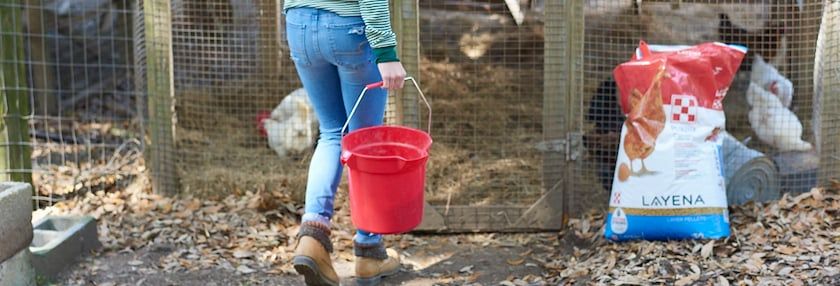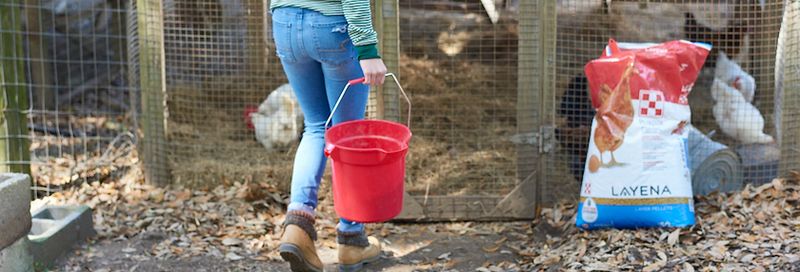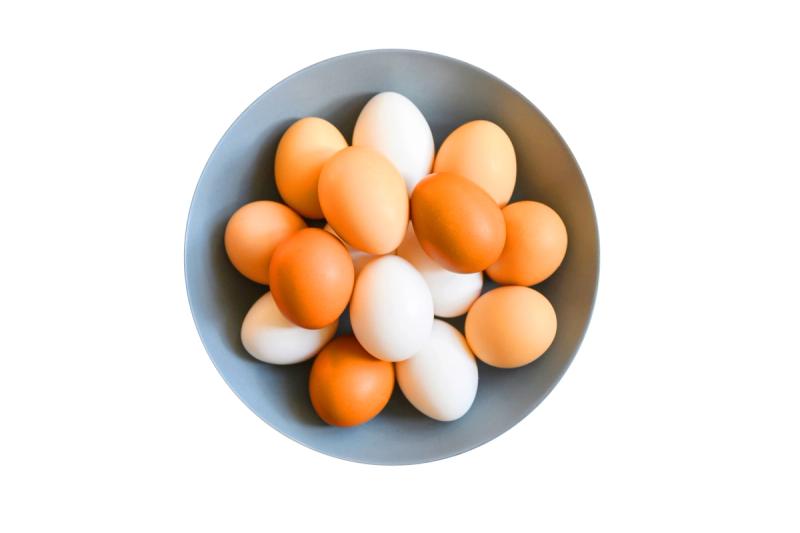Nutrition Tips For Layers


How to choose a complete layer feed
We welcome adulthood when you turn 18. You can vote, buy fireworks and even try your luck with the lottery.
For backyard chickens, the number 18 means the same thing. Eighteen weeks is the age when laying hens are considered adults. It’s also the time when many chicken breeds will start laying eggs!

At this key milestone, hens require different nutrients to produce eggs. To produce an egg each day, they need high levels of calcium, vitamins, and minerals. Hens transfer many of these nutrients directly into their eggs, so it’s essential to transition them to a complete layer feed to stay healthy and keep producing delicious eggs.
Your ultimate choice in feed depends on the goals of your flock. But at a minimum, when purchasing a layer feed, check for the following ingredients:
- At least 16 percent protein
- Minimum of 3.25 percent calcium. Any Purina layer feed that contains the Oyster Strong System will ensure the right balance of calcium for strong shells and healthy hens.
- Key vitamins and minerals
A few additional ingredients to consider:
- For rich, yellow yolks: Marigold extract
- For immune and digestive health: Prebiotics and probiotics
- For vibrant feathering: Essential amino acids such as lysine and methionine
- For omega-rich eggs: Added omega-3 fatty acids

A good time to purchase your layer feed is when your chickens are 16 weeks old, so you’re ready to transition feed in two weeks. When you start feeding the complete layer feed at 18 weeks, transition them to the new feed by mixing it evenly with their starter-grower feed for four or five days.
Once the transition to layer feed is complete, it’s best to maintain a feeding routine. To make sure they’re getting the nutrients they need, stick to the 90/10 rule—complete layer feed should be 90 percent of a chicken’s diet; you can reserve 10 percent of the diet for treats. Yes, ONLY 10 percent!
For more layer chicken nutrition and helpful resources, visit PurinaMills.com/Chicken
Tags:Poultry Lifestyle

Acreage Life is part of the Catalyst Communications Network publication family.
















